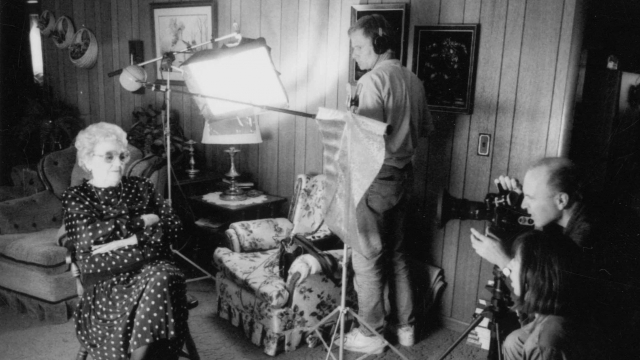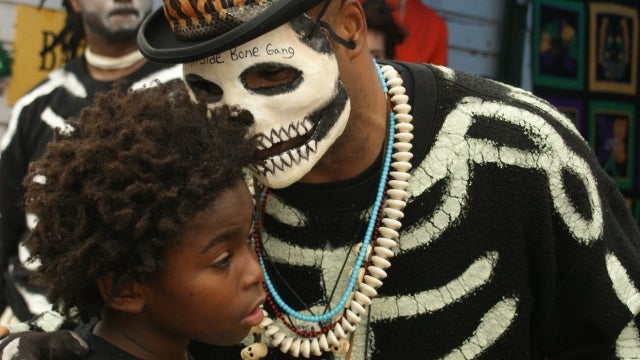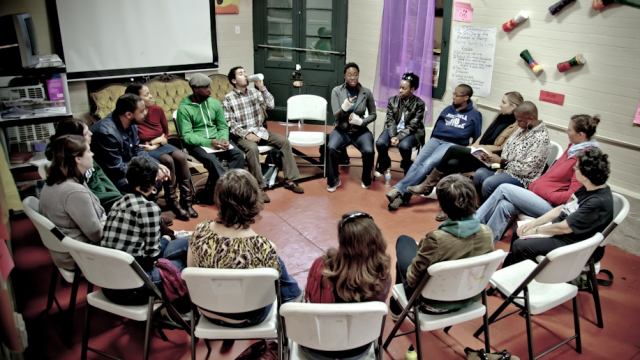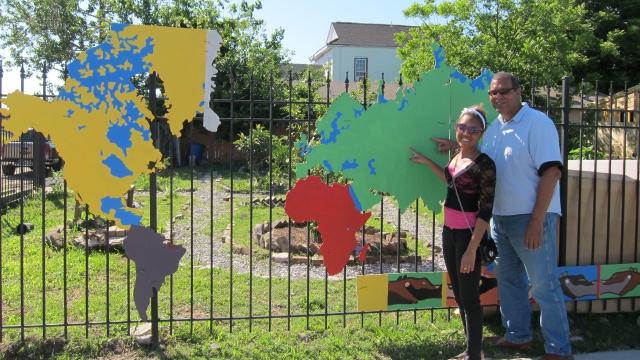With New Orleans as the primary source, this course explores the theory and practice of community-based arts, civic engagement in higher education, and the relationship between art and community development or impact. The course is team taught by dance and visual artists who work in community and who teach at Tulane University and Xavier University. The course is grounded in community cultural development projects and community engagement practice is embedded in the course. Students work directly with local artists on community based arts projects – visual artists, dance and theatre artists, music artists, and visual and performance artists who work to build and rebuild community through the use of the arts. The chapters of the course are Introduction to Community Arts, Arts and Culture in New Orleans, New Orleans Community Partner Projects, and Evaluation/Reflection. With guest artists and excursions into the city of New Orleans, the course encourages students to understand the theory and practice of community-based arts and art-making, distinction between types of public service, working and collaborating with local artists and organizations, the relationship between art as a tool for social change and community cultural development, the form community projects take based on needs of community partners, how to enter, build and exit a community in a sustainable fashion, and responsibility as citizens and citizen artists.
Back
- African/Caribbean Based Social and Vernacular Dance Forms | DANC 3240-01
- Autobiographies and Southern Identity
- Black Music & Performance in New Orleans | ADST 3550
- Building Community through the Arts | DANC 4900
- Ethnography of Performance and Identity In New Orleans and French Louisiana | ANTH 3395/6395
- French and Creole In Louisiana | FREN 4110/6110
- Gender, Archives, and Musical Culture | GESS 4500
- History of Jazz | MUSC 3340
- Hollywood South | COMM 4810
- Jazz, Blues, and Literature | ENLS 4010
- Languages of Louisiana | ANTH 4930
- Literary New Orleans | ENLS 4030
- New Orleans and Senegal in the Atlantic World | HISU 3100-01
- New Orleans Hip Hop | ADST 1550
- New Orleans Music | MUSC 1900
- The Creation of Jazz in New Orleans | HISU 4694-01
- The Latin Tinge: Jazz and Latin American Music in New Orleans and Beyond | MUSC 3360
- Urban Geography: New Orleans Case Study | AHST3131




